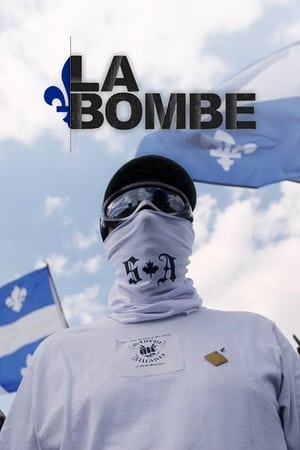

Lise Watier, une vie à entreprendre(2015)

Movie: Lise Watier, une vie à entreprendre

Lise Watier, une vie à entreprendre
HomePage
Overview
Release Date
2015-06-25
Average
0
Rating:
0.0 startsTagline
Genres
Languages:
FrançaisKeywords
Similar Movies
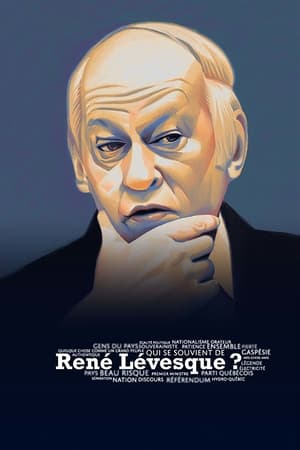 10.0
10.0Qui se souvient de René Lévesque?(fr)
With his charisma, his energy, his integrity - but also his faults - René Lévesque left an indelible mark in the collective imagination of Quebecers: that of a hero of a people. But how can we measure his legacy, 35 years after his death and 100 years after his birth? From Montreal to New Carlisle, L'Actualité journalist Guillaume Bourgault-Côté crosses Quebec to meet certain relatives, colleagues, experts and artists who rubbed shoulders with the man, literally and figuratively. Together, they try to identify what remains of René Lévesque. By traveling through Quebec, we will better understand the legacy left by René Lévesque 100 years after his birth, 35 years after his death: his role in the sovereignist movement, the development of public and economic policies, but also the strength of his personality, which still today arouses a feeling of deep attachment among the Quebec population, regardless of political allegiances. (Translated from French.)
 0.0
0.0Asbestos(fr)
A cinematic and introspective look at the residents of a Quebec town—once the site of the world's largest asbestos mine—as they grapple with their community's industrial past. Striving to honour their heritage while reconciling with their history and forging a new path forward, the miners delve into the intricacies of progress and healing.
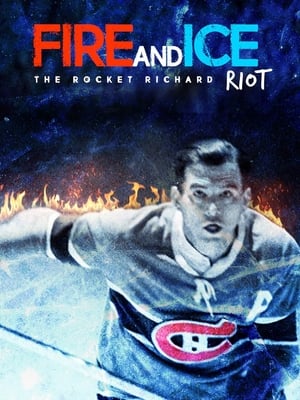 1.0
1.0Fire and Ice: The Rocket Richard Riot(en)
In 1955, as a hotly contested hockey season was coming to an end, the star of the Montreal Canadiens, Maurice "the Rocket" Richard, was suspended for attacking an opponent with a stick and hitting a referee by then president of the NHL Clarence Campbell. This set off a huge riot in the streets of Montreal. The documentary claims, unconvincingly, that this event added to the sparks of the political revolution in Quebec that led to the rise of the separatist movement.
Pea Soup(fr)
Images and sounds are spliced together in this journey to the heart of the political, economic and cultural oppression of the Quebec people. A reflection on neo-colonial exploitation and the cancer of alienation. To the very Canadian multiculturalism of Trudeau and the métissage of the multinationals, celebrated by the high priests of the dominant ideology, is contrasted the idea of acculturation, even deculturation. A way of resisting as good as any other.
The Blueberry Blues(fr)
Summer unveils a new blueberry season in northern Canada. The fields are covered in blue and workers from all over scramble before the frost puts an end to the harvest. And yet this time of year is much more than just picking: it's a time of music and connection.
 5.6
5.6Wow(fr)
In this French Canadian film, the lives of teenagers are examined in fantasy sequences and through the use of documentary interviews. Prompted by the filmmaker, nine teenagers individually act out their secret dreams and, between times, talk about their world as they see it. The fantasy sequences make creative use of animation, unusual film-development techniques, and stills. Babette conceives of herself as an abbess defending her fortress, a convent; Michelle is transported in a dream of love where all time ceases; Philippe is the revolutionary, defeating all the institutions that plague him, and so on, through all their fantasies. All the actual preoccupations of youth are raised: authority, drugs, social conflict, sex. Jutra's style in "Wow" exhibits his innovative approach to storytelling and filmmaking, showcasing his talents as a director during that period. With English subtitles.
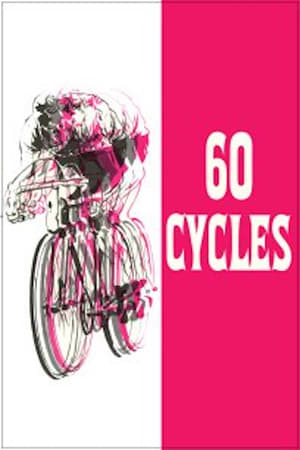 6.5
6.560 Cycles(fr)
On your marks. Follow cyclists from 13 countries as they cover 2.400 km of Gaspé countryside in 12 days-a course longer than those of Italy, Belgium or Spain. The long shots of curving landscape and open road are set to a mesmerizing soundtrack in this documentary, and the results are spellbinding.
 8.1
8.1Metallica: Quebec Magnetic(en)
Recorded live at Colisée Pepsi in Quebec City, Quebec on 31 October - 1 November, 2009. Rock legends Metallica captured live in performance in Quebec City in autumn 2009. The two gigs in Quebec were part of the bands 'World Magnetic Tour' and saw them play a host of their most popular songs including 'Master of Puppets', 'The Four Horsemen' and 'Enter Sandman'.
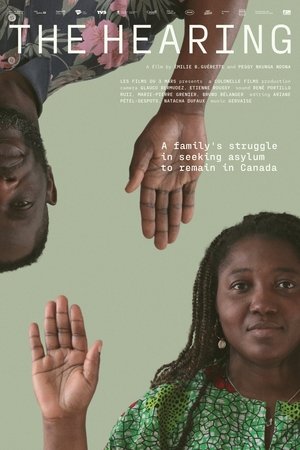 2.0
2.0The Hearing(fr)
After crossing 11 countries irregularly to seek asylum in Canada, Peggy, Simon and their three children are waiting for the hearing that will determine whether they get refugee status or not. Having fled political repression in the Democratic Republic of the Congo, the family tries to rebuild a peaceful life in Montreal, in spite of the constant threat of deportation. Between ghosts from the past, hopes for the future, a complex legal maze and seemingly endless trial, the film delves into the struggle of the Nkunga Mbala family to remain in Canada. Offering unprecedented access to their hearing before the Immigration and Refugee Board, the film unveils the opaque process of claiming asylum in Canada.
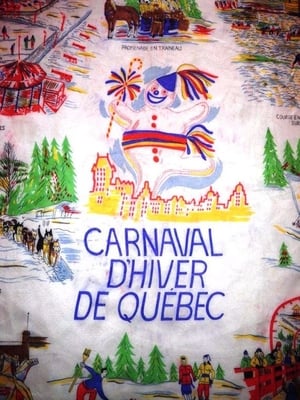 6.0
6.0Canadian Carnival(en)
Carnival time in Quebec, Canada, is also time for racing with sled-dogs, horse-drawn sleighs, hockey, curling the carving of ice-statues, obstacle races by youngsters, fireworks, and also the selection of a Carnival Queen.
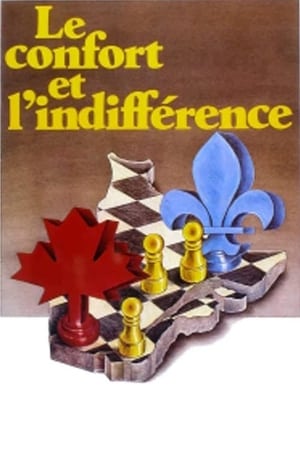 7.1
7.1Comfort and Indifference(fr)
Made shortly after the referendum on Quebec's independence was held, this documentary illustrates what the politicians' promises were and how the population did not really care nor truly understand what was really at stake, even though just about everyone had an opinion on the subject.
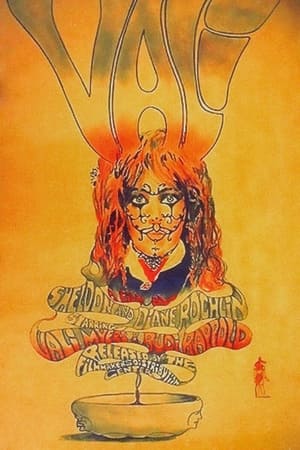 4.6
4.6Vali, The Witch of Positano(en)
A documentary portrait shot in Positano, Italy in 1965 about Australian artist and occultist Vali Myers.
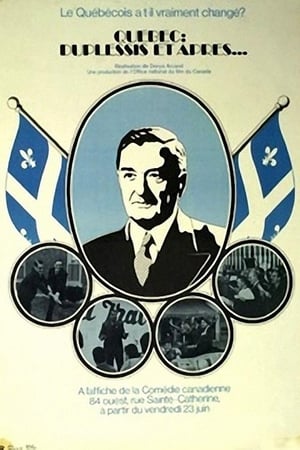 10.0
10.0Quebec: Duplessis and After...(fr)
This film establishes a parallel between the 1970 electoral campaign in Québec and the 1936 campaign dominated by Maurice Duplessis. It shows the hope but also the uncertainty that existed in 1970. Had the Quiet Revolution really changed things in Québec? Was it possible that a new leader would emerge on the political scene? (NFB.ca)
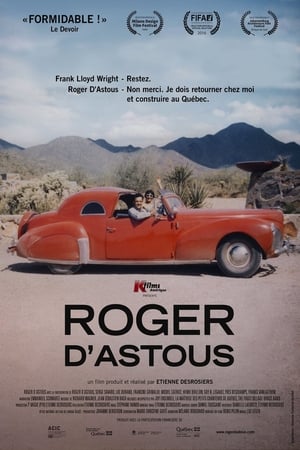 0.0
0.0Roger D'Astous(fr)
A documentary about montreal architect Roger D'astous, who battled all his life to create a nordic architecture. Starchitect in the 60s, this Frank L. Wright student then fell from grace before rising again at the dawn of the century.
Quebec in Summertime(en)
This Traveltalk series short takes the viewer to Quebec, the city that was called the "New France".
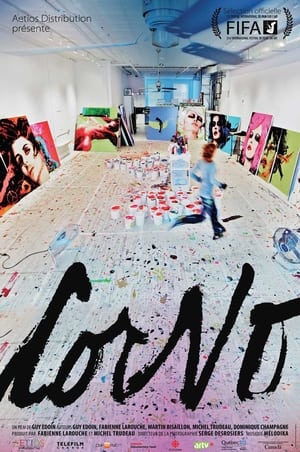 8.0
8.0Corno(fr)
A feature-length documentary portrait of Québécoise painter Johanne Corno, who has lived and worked in New York City for more than 20 years. Ignored by the art intelligentsia in Québec, she settled abroad to escape that creative constraint, and built an enviable international career. Today, she casts a lucid eye on her work and describes the resources she draws on to survive in the jungle of the contemporary art world.
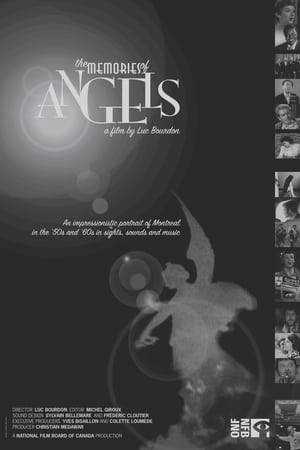 8.0
8.0The Memories of Angels(en)
Montreal of another time is reborn into screen through images from a hundred of movies and shorts produced by the National Film Board of Canada while at its first four decades of existence. Port activities, musical shows, presence of Church, labors life, hockey fever and the best years of "Red Light" are few of the chapters of this collective family album.
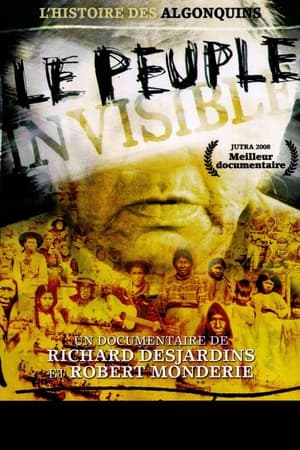 8.0
8.0The Invisible Nation(fr)
The Algonquin once lived in harmony with the vast territory they occupied. This balance was upset when the Europeans arrived in the 16th century. Gradually, their Aboriginal traditions were undermined and their natural resources plundered. Today, barely 9,000 Algonquin are left. They live in about 10 communities, often enduring abject poverty and human rights abuses. These Aboriginal people are suffering the threat to their very existence in silence. Richard Desjardins and Robert Monderie have decided to sound the alarm before it's too late.

